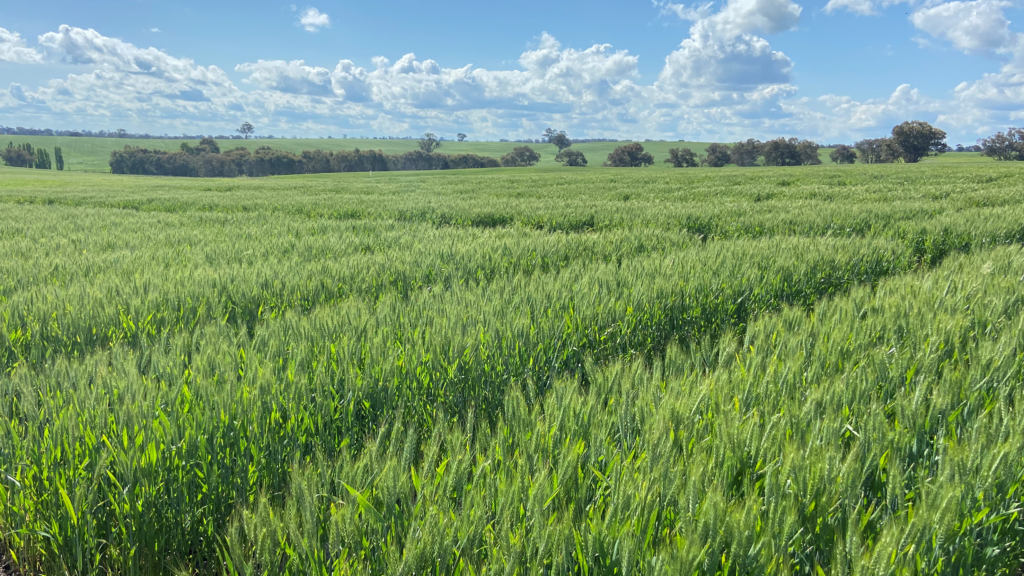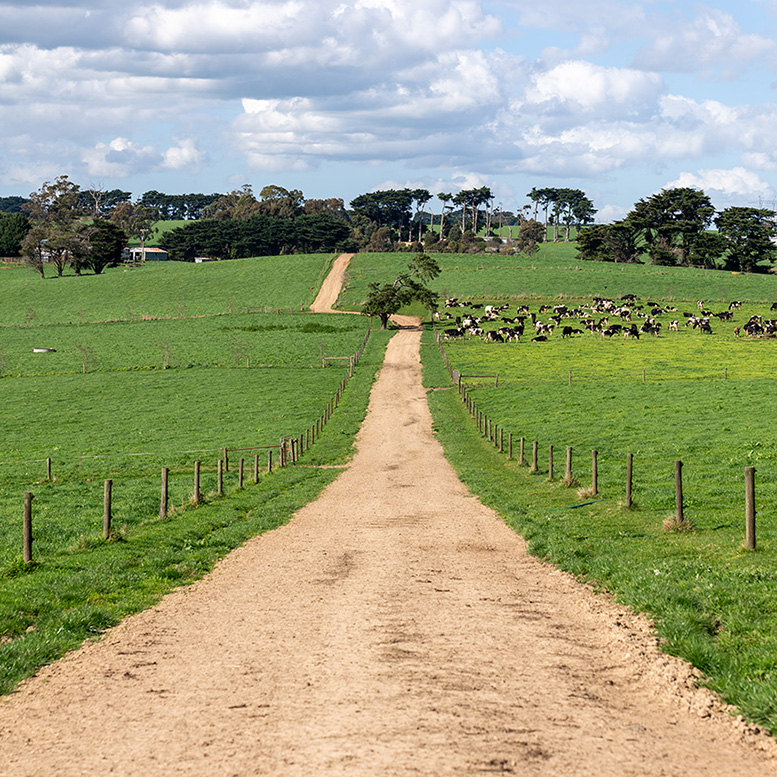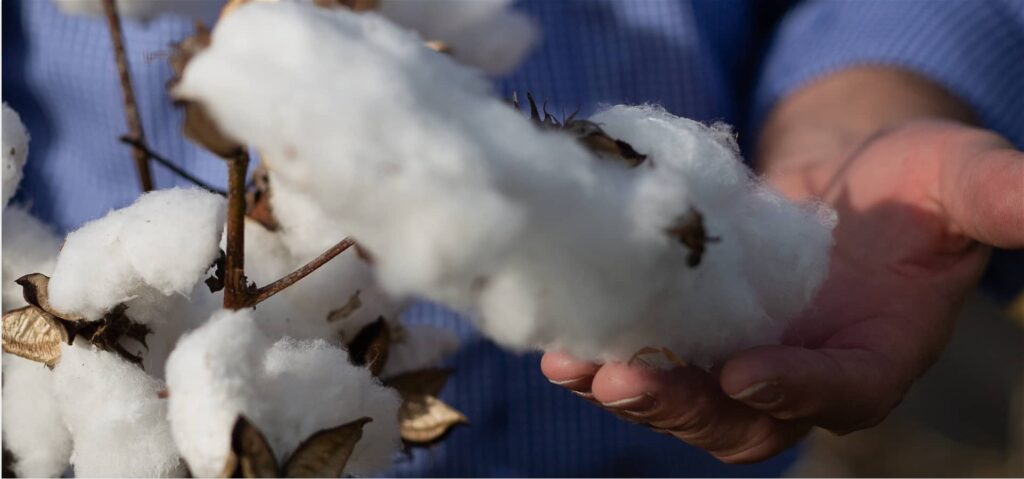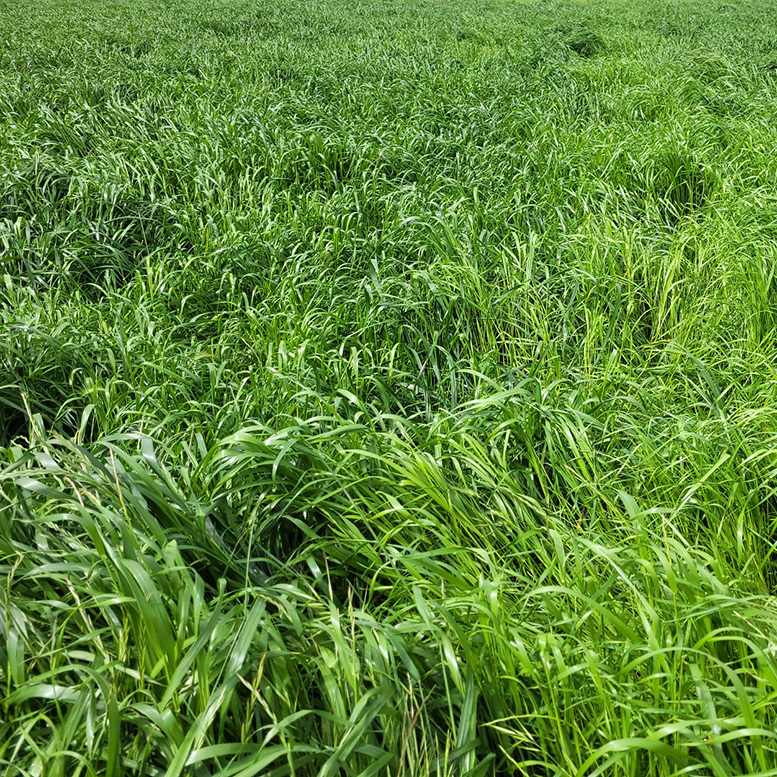Agronomic Insights
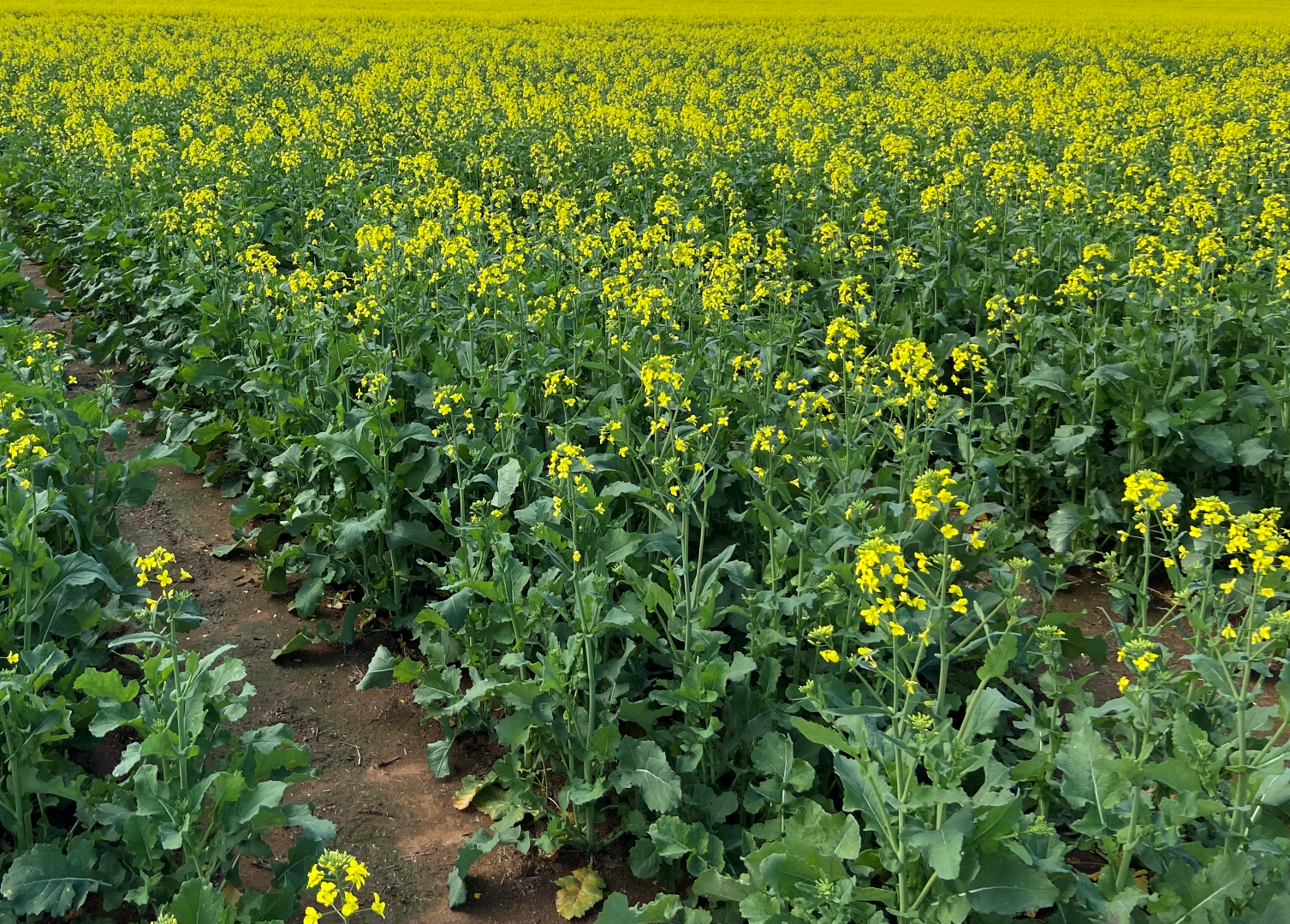
Jim Laycock – IPF Senior Technical Agronomist
After big canola harvests over the past three years, it’s time to consider the sulphur status of canola plantings.
Testing of 84 canola genotypes found the genotypic variation in growth and nitrogen or sulphur efficiency in canola germplasm was significant (Balint et al 2008). This means there is a chance that a canola variety you are growing may have poor sulphur use efficiency or be less efficient at accessing soil sulphur. If sulphur deficiency symptoms are observed in canola, collecting key information through early soil and plant tissue sampling can help growers positively identify a sulphur deficiency or manganese toxicity, and manage accordingly.
Looks like sulphur deficiency
At a site inspection of canola at the IPF long term trial site at Grenfell NSW on 16 June 2017, varying degrees of sulphur deficiency were observed. The younger leaves were lime green, with interveinal chlorotic mottles. The leaves were cupped with purple margins.
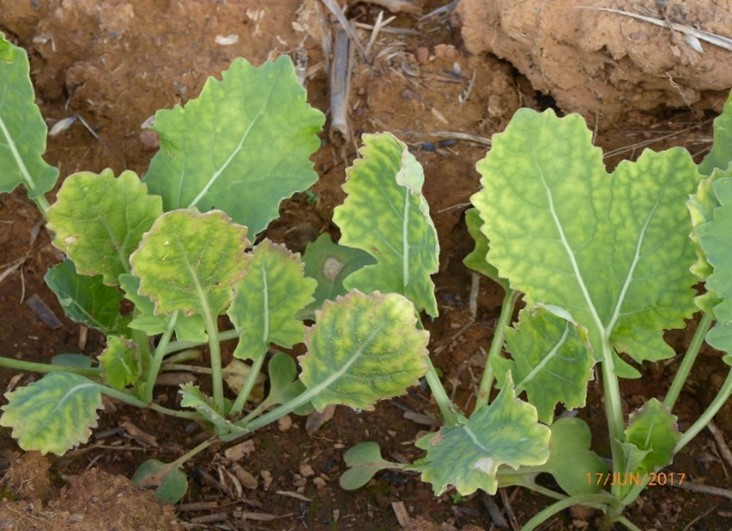
These sulphur deficiency symptoms can sometimes be confused with manganese toxicity. Manganese toxicity was also observed in the nitrogen only treatments at the site as the result of the increased rate of acidification over time due to inefficient use of applied nitrogen.
The low soil phosphorus levels and no phosphorus inputs were limiting crop growth and high soil nitrate levels led to an excess of soil nitrate. If nitrate is not taken up by plants, it can leach away from the root zone, meaning no hydroxide ion is released from the plant to bind with a hydrogen ion. If nitrate leaches, a positively charged cation is also leached to maintain electrical balance.
The cations that leach are usually sodium, potassium or calcium rather than hydrogen, because hydrogen ions are more strongly held by the soil.
The symptoms of manganese toxicity are smaller yellowish plants and a yellowing of the leaf margins that progresses inwards generally between leaf veins with some mottles. The leaves on more severely affected plants cup inwards and die from the margins.
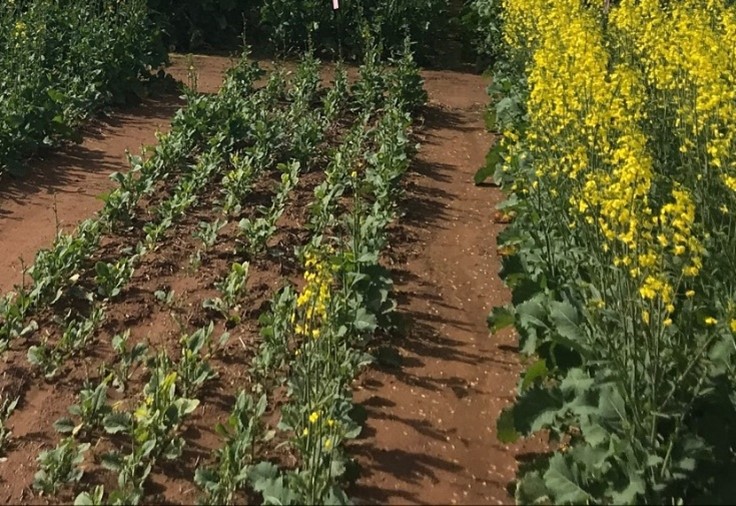
Tissue samples were taken on 18 June from four replicates of two treatments (20P60N and 40P60N) and sent to the Nutrient Advantage Lab for testing. A tissue sample was also taken from the co-operator’s surrounding canola crop for comparison. This crop had received 150 kg/ha of ammonium sulphate pre-plant and was not exhibiting any signs of sulphur deficiency.
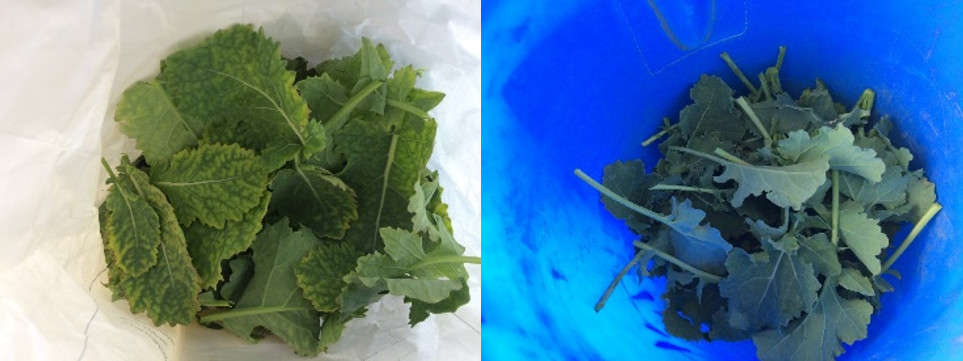
Validating Critical Values
When these sulphur deficiency symptoms appeared at the Grenfell site it presented an opportunity to validate soil and tissue test critical values. The Grenfell long-term experiment commenced in 2007 to assess various nitrogen x phosphorus rates in winter crops. Crops are grown in rotation, with canola sown in 2012, 2014 and 2017 again in 2020 and 2023.
Sulphur has been applied during the life of the trial, as broadcast gypsum in 2009, supplying 80 kg/ha of sulphur, banded potassium sulphate in 2012 supplying 36 kg/ha of sulphur and 36ks/S as Gran Am in 2017. Triple super and urea are used to supply phosphorus and nitrogen.
The results from soil testing pre-sowing in 2017 showed low sulphur values in the 0-10 cm range, with an average of 3 mg/kg KCL40 extractable sulphur over 24 plots.
In the 0-60 cm soil test, the results averaged 34 kg/ha of KCL40 sulphur. This was marginally above the critical value of 31 kg/ha extractable KCL40 sulphur, based on the Better Fertiliser Decisions for Cropping database for canola in New South Wales.
In the two canola crops previously grown on the site, sulphur deficiency symptoms had not been observed. Previous grain nutrient testing in canola at this site had not identified any grain sulphur levels below the critical value for grain sulphur of <0.36% (Hocking).
The decision was made to plant in 2017 without an application of sulphur, knowing that the crop would be monitored, tissue testing could be used for positive identification and the crop could be treated effectively with a topdressed sulphate sulphur. Canola (Gem) was sown on 28 April 2017 into good soil moisture.
Surprising Results
Total sulphur measured from the dried youngest mature leaves from the trial site ranged from 0.26% to 0.32%. These dried tissue sulphur levels were in the ‘low’ range of 0.25-0.5%, but not less than 0.25%. However, they were not in the ‘normal’ range of 0.6-1% (Weir and Creswell). The surrounding canola crop, where no symptoms were evident, returned total sulphur results of 0.75%. Manganese leaf tissue levels were in the range of 130 to 160 mg/kg, below the level of 400 mg/kg where toxicity symptoms appear (Moroni et. al) and less than the 3650 mg/kg toxic range (Weir and Creswell).
Considering the deep soil results from this site in Grenfell, I would have expected the canola to be able to access enough sulphur from the profile later in the season as the roots developed, assuming reasonable growing conditions. But while it might have grown out of it, I wasn’t prepared to risk compromising the results of the long-term phosphorus and nitrogen trial.
Based on the disparity between the ‘good’ and ‘bad’ dried tissue sulphur levels and the satisfactory manganese levels, the decision was made to apply 150 kg/ha of GranAm, supplying 30 kg/ha of nitrogen and 36 kg/ha of sulphur, to all plots on 26 June 2017. Canola was grown again in 2020 with no signs of sulphur deficiency. With canola planned for 2023 it will be important to measure sulphur levels from both topsoil (0-10cm) samples and segmented deep soil samples for nitrate and KCL40S segmented 10-30cm, 30-60cm preplant or in crop.

Management Triggers
When assessing the results of soil and plant tissue testing, sulphur use efficiency and the potential for sulphur deficiency in canola should be a consideration for growers. The following points can be used as a guide for identifying and addressing sulphur deficiency and/or manganese toxicity:
- If tissue manganese levels are more than 700 mg/kg, review soil pH and budget for a lime application in the future.
- If the 0-60 cm KCL40 sulphur result is less than 30 kg/ha of sulphur, apply 15-30kgs/S/ha. This can be in combination with nitrogen as Extra-Sul
- If youngest mature leaf dried tissue sulphur levels pre-flowering are less than 0.25% and sulphur has not been applied, apply 15-30kgs/S/ha. This can be in combination with nitrogen as Extra-Sul
- If youngest mature leaf dried tissue sulphur levels pre-flowering are within the low range of 0.25-0.5%, review the deep soil sulphur levels from pre-plant tests to see whether the crop will be able to access enough sulphur from the subsoil.
- If early testing is in the adequate range, test whole shoots again at the flower bud visible stage. At this stage, the critical level for low yielding crop is 0.3% total sulphur where yield potential is low and 0.45% where yield potential is high.
Topdressing sulphur deficient canola plants with sulphate sulphur at the 5-6 leaf rosette stage, flower buds visible or stem elongation stage resulted in the same seed yields and seed oil concentrations as obtained when sulphate sulphur was applied at sowing (Hocking).
As we saw in 2017 at Grenfell, not every situation is clear cut and advisers need to use all the tools available when assessing the need for sulphur. The best recommendations are those which take into account the grower’s objectives and risk:reward profile, along with good reliable data from soil and tissue testing.
Further Information
For more information or to discuss sulphur further, feel free to give me a call on 0427 006 047 or send me an email at jim.laycock@incitecpivot.com.au.
You can also contact:
Clint Sheather clint.sheather@incitecpivot.com.au
David McRae david.mcrae@incitecpivot.com.au
References
Brennan RF and Bolland MDA (2006) Soil and tissue tests to predict the sulphur requirement of canola in south-western Australia, Aust. J. Exp. Agric. 46, 1061-1068.
Hocking PJ, Pinkerton A and Good A (1996) Recovery of field-grown canola from sulphur deficiency. Aust. J. Exp. Agric. 36, 79-85.
Balint T, Rengel Z and Allen D (2008) Australian canola germplasm differs in nitrogen and sulfur efficiency, Australian Journal of Agricultural Research, 59, 167–174
Sergio Moroni J, Conyers M, Poile G and Wratten N (2009) Quantifying the impact of high manganese (Mn) under field conditions on canola: 16th Australian Research Assembly on Brassicas.
Pinkerton A (1998) Critical sulphur concentration in oilseed rape (Brassica napus) in relation to nitrogen supply and to plant age. Australian Journal of Experimental Agriculture 38, 511–522.
Pinkerton A, Hocking PJ, Good A, Sykes J, Lefroy RBD, and Blair GJ (1993) A preliminary assessment of plant analysis for diagnosing S deficiency in canola. Proceedings of 9th Australian Research Assembly on Brassicas, Wagga Wagga, p21-28
https://www.agric.wa.gov.au/mycrop/diagnosing-sulphur-deficiency-canola
Good AJ and Glendinning JS (1998) Canola needs Sulphur. Better Crops International Vol. 12, No. 2, November.
Resources
DOWNLOAD INSIGHTDISCLAIMER
This is a guide only, which we hope you find useful as a general tool. While IPF has taken all reasonable care in the preparation of this guide, it should not be relied on as a substitute for tailored professional advice and IPF accepts no liability in connection with this guide. Incitec Pivot Fertilisers manufactures and sources fertilisers from other suppliers. The fertiliser supply chain extends beyond the company’s direct control, both overseas and within Australia. Incitec Pivot Fertilisers hereby expressly disclaims liability to any person, property or thing in respect of any of the consequences of anything done or omitted to be done by any person in reliance, whether wholly or in part, upon the whole or any part of the contents of this article.


